|
There are a wide range of measurement tools and approaches used within impact investment, and these are used by both investees and investors, as well as third party certifiers (e.g. for ecolabel certification). Research has found that investors tend to use a number of techniques that are suited to their specific needs. Making real social progress means using the right data—and lots of it—to evaluate outcomes, but caveats and misunderstandings abound, even among professionals in the impact measurement arena. Many organizations simply don’t have a clear, evidence-based idea of how or why their programs work, and different organizations have different ideas of what impact measurement entails. Before making important decisions about allocating resources, organizations need to first identify their impact program, where they want it to be, and how to get it there. To aid the process we would like to present some of the most recognized and widely used impact measurement frameworks. Global Impact Investing Network The Global Impact Investing Network (GIIN) is a not-for-profit organization dedicated to increasing the scale and effectiveness of impact investing. The GIIN builds critical infrastructure and supports activities, education, and research that help accelerate the development of a coherent impact investing industry. For more information, visit their website GIIN introduces the concept of Impact Measurement and Management - includes identifying and considering the positive and negative effects one’s business actions have on people and the planet, and then figuring out ways to mitigate the negative and maximize the positive in alignment with one’s goals. Impact measurement & management is iterative by nature. To access practical how-to guidance to help advance your IMM practice, refer to IRIS+ guidance. Impact Management Project The Impact Management Project (IMP) provides a forum for organisations to build consensus on how to measure, assess and report impacts on environmental and social issues. IMP convenes a Practitioner Community of over 2,000 organisations to debate and find consensus (norms) on impact management techniques. It also facilitates the IMP Structured Network – an unprecedented collaboration of organisations that, through their specific and complementary expertise, are coordinating efforts to provide complete standards for impact measurement, assessment, and reporting. IMP defines impact as a change in an outcome caused by an organisation. An impact can be positive or negative, intended or unintended. To understand and measure any impact, the Project introduces the five dimensions of performance. On the IMP page you can find them! Visit their website Study of Harvard Business School The aim of this study was to deepen the understanding of the specific practices and methodologies that established impact investors use to measure the social impact generated by their investments, and to analyse the conditions under which each measurement method is most relevant. The intended audience for this analysis are the impact investors themselves, as well as social sector organizations, traditional funders, and evaluators. Impact investors employ a number of methods to pursue their objectives. Recognizing that investors vary in their level of maturity and resources – and that their investees may also vary in level of impact measurement sophistication – is important. The Study proposes a framework that caters different integrated measurement models to each stage of investor and investee. Visit their website Social Impact Investment Taskforce The Group of Eight (G8) refers to the group of eight highly industrialized nations—France, Germany, Italy, the United Kingdom, Japan, the United States, Canada, and Russia—that hold an annual meeting to foster consensus on global issues like economic growth and crisis management, global security, energy, and terrorism. The Working Group Under the direction of the Social Impact Investment Taskforce, the Impact Measurement Working Group was established, consisting of 24 impact investing and measurement practitioners. The Working Group has identified four broad phases of impact measurement: Plan, Do, Assess and Review. Along with insight into the impact that an activity is generating, this process generates intelligence that can further enhance the measurement and investment processes. Visit their website World Business Council for Sustainable Development / International Finance Cooperation In 2006 WBCSD and IFC have joint forces to create a clear and practical measurement methodology that could be adapted to different business sectors, be used by operations anywhere in the world and be tracked over time. Unlike environmental impact assessments (EIAs) or environmental, social and health impact assessments (ESHIAs) that are normally carried out as part of due diligence to determine future potential impacts arising from a greenfield or brownfield business investment, they wanted to be able to measure actual impacts at any stage in the life cycle of an operation. The resulting Measuring Impact Framework is designed to help companies understand their contribution to development and use this understanding to inform their operational and long-term investment decisions and have more informed conversations with stakeholders. Visit their website The Investment Integration Project TIIP’s mission is to help institutional investors understand the feedback loops between their investments and the planet’s overarching systems – be they environmental, societal or financial – that make profitable investment opportunities possible. TIIP also provides these investors with the tools to manage the impacts of their investment policies and practices on these systems. TIIP offers investors a framework for where to focus and how to build an effective approach. Going beyond traditional returns metrics, the framework analyses how to consider and target appropriate goals. The TIIP proposal focuses on “system-level” investments, or big-picture issues like the United Nations’ Sustainable Development Goals. Visit their website Principles for Responsible Investment The PRI is the world’s leading proponent of responsible investment. It works: to understand the investment implications of environmental, social and governance (ESG) factors; to support its international network of investor signatories in incorporating these factors into their investment and ownership decisions. The PRI acts in the long-term interests: of its signatories, of the financial markets and economies in which they operate and ultimately of the environment and society as a whole. The PRI is truly independent. It encourages investors to use responsible investment to enhance returns and better manage risks, but does not operate for its own profit; it engages with global policymakers but is not associated with any government; it is supported by, but not part of, the United Nations. Responsible investment is an investment strategy which integrates environmental, social, and governance (ESG) factors into investment analysis and decisions. It recognises that ESG factors can have an impact on the financial value of an investment and also that investments have an impact on the world around us. Visit their website Author Partners @i2 SustainIT |
AuthorWrite something about yourself. No need to be fancy, just an overview. Archives
December 2021
Categories
All
|

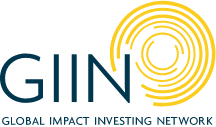
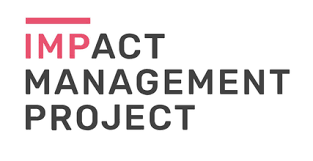

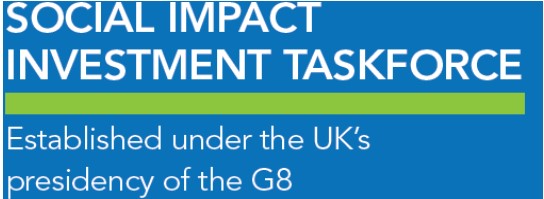
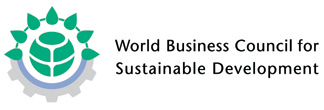
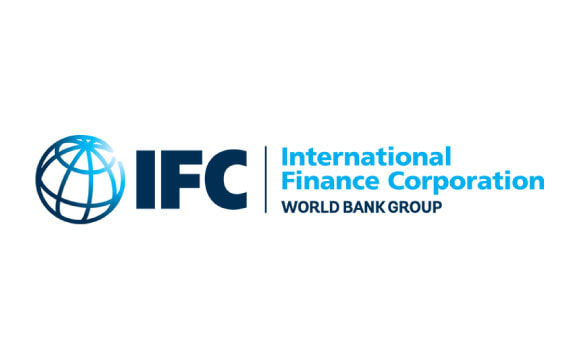

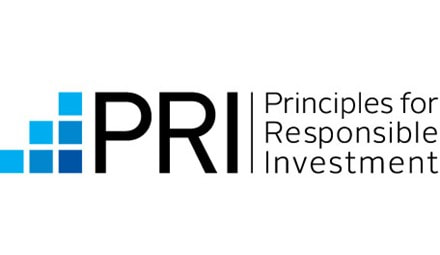
 RSS Feed
RSS Feed



